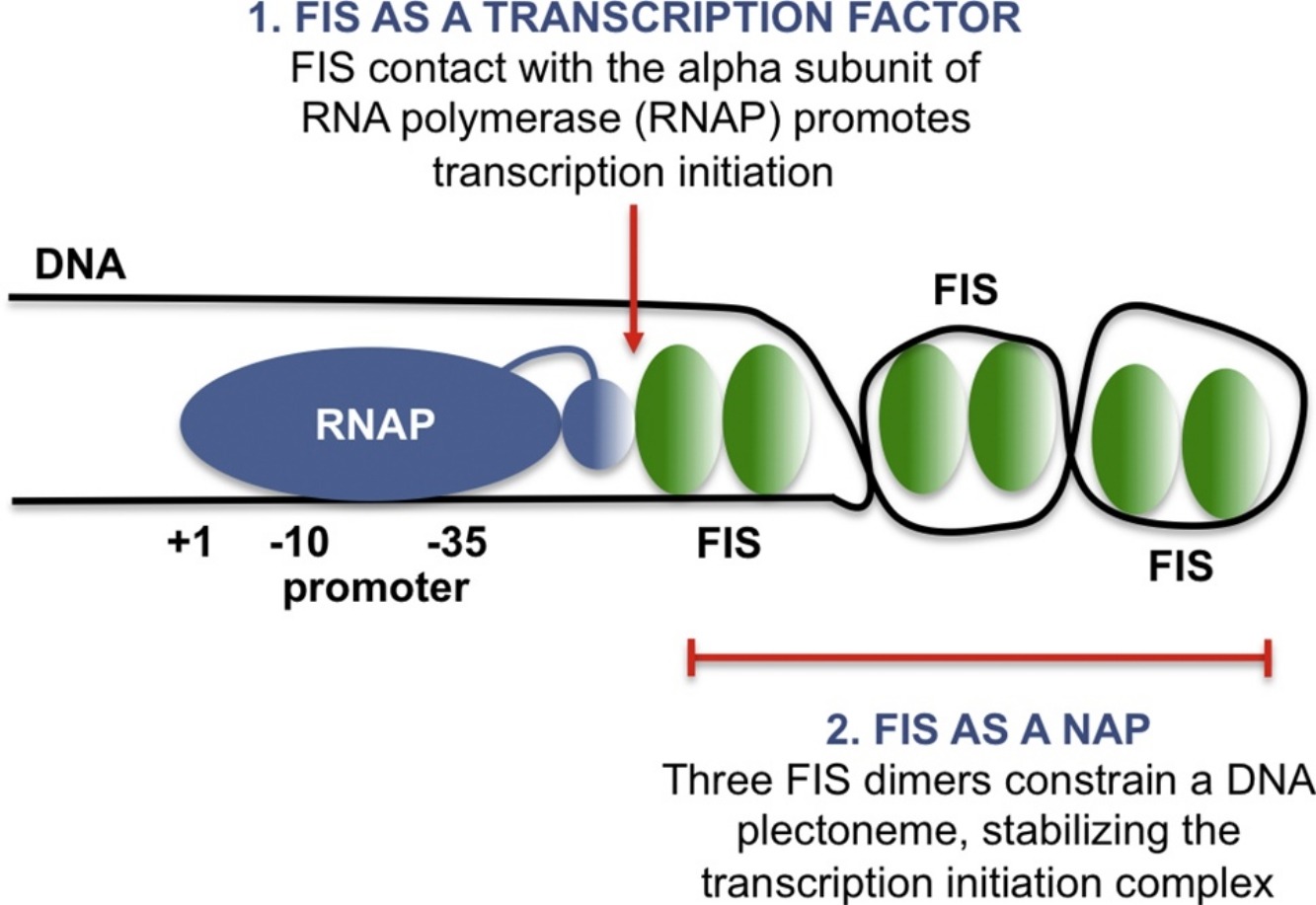Proteins that regulate transcription often also play an architectural role in the genome. Thus, it has been difficult to define with precision the distinctions between transcription factors and nucleoid-associated proteins (NAPs). Anachronistic descriptions of NAPs as ‘histone-like’ implied an organizational function in a bacterial chromatin-like complex. Definitions based on protein abundance, regulatory mechanisms, target gene number, or the features of their DNA-binding sites are insufficient as marks of distinction, and trying to distinguish transcription factors and NAPs based on their ranking within regulatory hierarchies or positions in gene-control networks is also unsatisfactory. The terms ‘transcription factor’ and ‘NAP’ are ad hoc operational definitions with each protein lying along a spectrum of structural and functional features extending from highly specific actors with few gene targets to those with a pervasive influence on the transcriptome. The Streptomyces BldC protein is used to illustrate these issues.
Download “Article” Transcription_factor_NAP.pdf – Downloaded 372 times – 2 MB
Download a copy of the manuscript

